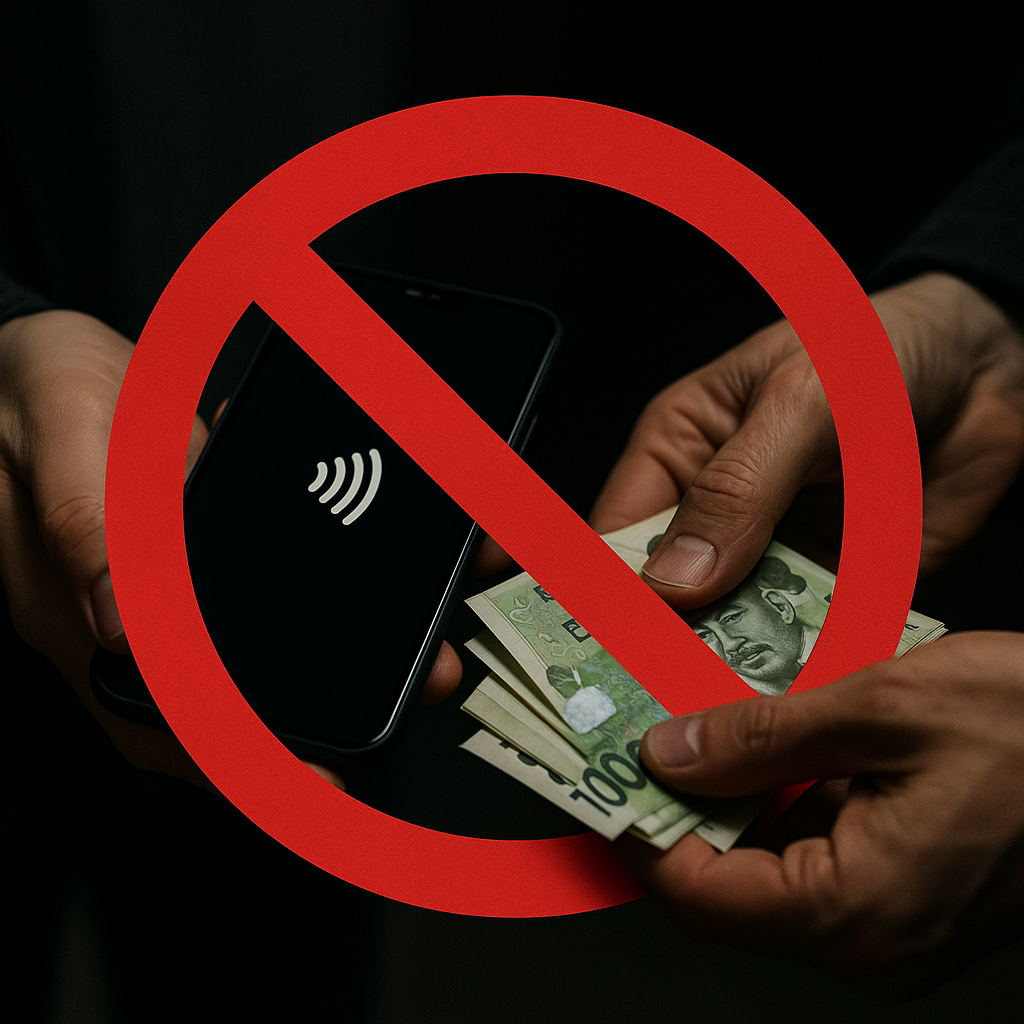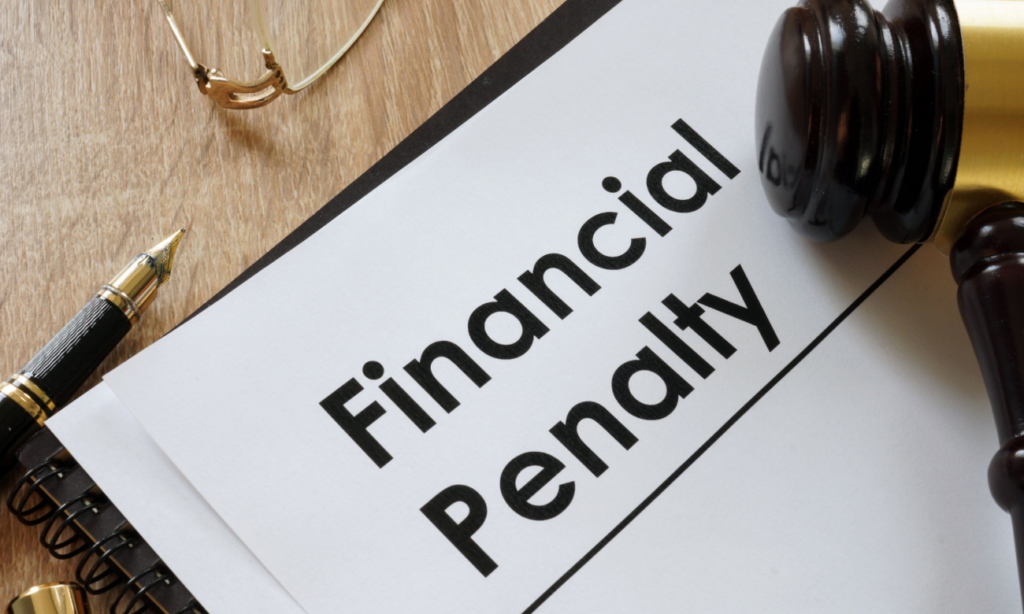Illegal Cashing of Small Payments: What Happens Next

Introduction
Illegal cashing of small payments often flies under the radar, hiding in the noise of routine transactions. Illegal cashing of small payments occurs when fraudsters exploit micropayment systems like carrier billing, in-app purchases, or gift card platforms to convert tiny charges into real cash. These schemes may seem harmless at first, but they quickly spiral into larger financial losses and legal complications. In this article, we’ll explore how illegal cashing of small payments unfolds, the immediate fallout, and what steps both individuals and businesses should take when they discover these hidden scams.
What Is Illegal Cashing of Small Payments?
Illegal cashing of small payments refers to the practice of routing tiny transactions often just a few cents or dollars through legitimate payment channels, then converting them into cash or credit. Fraudsters set up shell accounts or fake merchant IDs to process these micropayments. Because each payment is small, it often slips past fraud detection rules that focus on large or anomalous charges. The next step is to aggregate these micro-credits and redeem them en masse for real currency, gift cards, or store credit.
How Prevalent Is This Fraud?
Illegal cashing of small payments is more common than many realize. As mobile carrier billing and in-app payments have grown, so too have opportunities for abuse. Analysts report that small-payment schemes account for a significant portion of billing complaints to carriers and app stores each year. Victims range from individual subscribers noticing odd charges on their phone bills to large enterprises grappling with unexplained micropayment refunds and chargebacks.
Common Methods Used by Fraudsters
Fraudsters behind illegal cashing of small payments employ several tactics. They may hijack legitimate developer accounts, inject hidden scripts into apps, or create shell companies that masquerade as legitimate merchants. By spreading a few cents across thousands of accounts or devices, they avoid triggering volume-based fraud alarms. Once the micro-charges land, the scammers request refunds or redeem accumulated credits, effectively “laundering” small sums into accessible funds.
Immediate Consequences

Victims of illegal cashing of small payments face surprise bill hikes and confusing transaction records. Individuals may receive multiple micro-charges they don’t recognize, while businesses see unexplained chargebacks that drain revenue. Beyond the financial hit, customer trust erodes when users suspect their payment data is insecure. At this stage, some may be tempted to upsell insurance or premium support to concerned customers though that does nothing to stop the root fraud.
Legal Ramifications
When authorities uncover illegal cashing of small payments, perpetrators can face serious charges. Wire fraud, money laundering, and identity theft statutes often apply. Businesses unwittingly involved may need to cooperate with law enforcement, undergo audits, and revise compliance programs. Victims can file civil suits against fraudulent merchants, but recovery is complex given the shell-company structures and cross-border payment networks used.
How Businesses Detect the Schemes
To combat illegal cashing of small payments, companies deploy pattern-analysis tools monitoring micro-transaction volumes. Sudden flurries of small charges, especially from new or dormant accounts, raise red flags. Machine-learning models track user behavior, identifying devices or IP ranges linked to irregular micropayments. Once identified, teams block suspect merchant IDs, freeze affected accounts, and launch investigations to trace funds back to bad actors.
Prevention Strategies
Preventing illegal cashing of small payments requires layered defenses. Businesses should enforce stringent KYC (Know Your Customer) checks on merchants, impose daily or monthly micropayment caps, and require multi-factor authentication for unusual payment volumes. Regular security audits, API rate limiting, and real-time fraud scoring help stop schemes before funds are converted. Educating users about verifying transaction details also strengthens frontline defense.
Steps to Take When You Discover Fraud
If you detect illegal cashing of small payments on your account, act quickly. Contact your payment provider or carrier to dispute unauthorized micro-charges and request a block on suspect merchant IDs. Change passwords and review account permissions to cut access for compromised apps. File a detailed report with your bank or platform, including transaction logs, and follow up regularly until charges are reversed or refunded.
The Road Ahead
As payment ecosystems evolve, so will the tactics behind illegal cashing of small payments. Emerging solutions like tokenized payments, zero-trust architectures, and decentralized identity verification promise stronger fraud prevention. Businesses must stay vigilant, updating systems and training teams on the latest attack vectors. By combining technology, policy, and user education, organizations can stay one step ahead of those attempting to exploit micropayment channels.
Conclusion
Illegal cashing of small payments may seem minor, but its ripple effects can devastate wallets and reputations alike. Recognizing how these schemes operate, implementing robust detection and prevention measures, and responding swiftly to suspected fraud are critical. By staying informed and proactive, both consumers and businesses can thwart micro-fraud before it snowballs into serious losses.